But who says the confirmation of alien life will come on Earth 2.0?
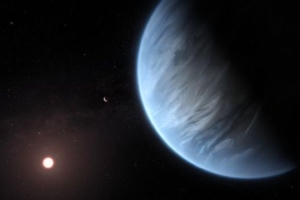 Deep Space
Deep Space

 Deep Space
Deep Space
But who says the confirmation of alien life will come on Earth 2.0?
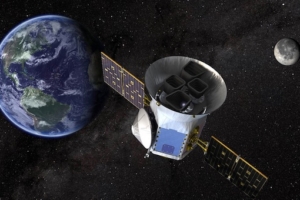 Space Exploration
Space Exploration
Launched in 2018, the Transiting Exoplanet Survey Satellite, or TESS, has found three new worlds around a neighbouring star
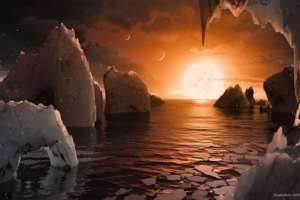 Deep Space
Deep Space
The three planets in the conventional habitable zone face the threat of harmful particles and gravitational tugging of the other planets
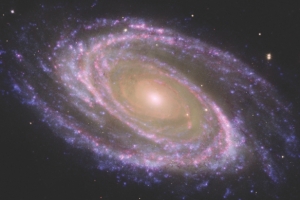 Deep Space
Deep Space
Is there such a thing as a ‘galactic habitable zone’?
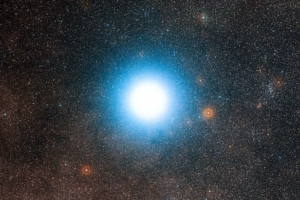 Deep Space
Deep Space
Observations of X-ray emissions around the four-light-year-distant star system shows encouraging signs for habitability of any orbiting exoplanets
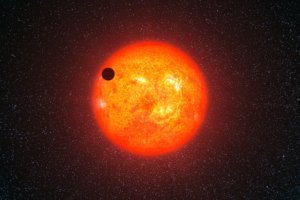 Deep Space
Deep Space
Out of the 15 recently discovered exoplanets in this study, one super-Earth could potentially support liquid water
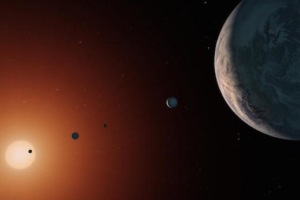 Deep Space
Deep Space
By constraining the age of the seven-planet system, we can better our understanding of its habitability
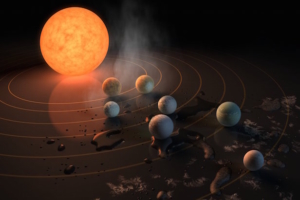 News
News
The orbital period of the TRAPPIST-1 system’s most remote planet, TRAPPIST-1h, has been uncovered
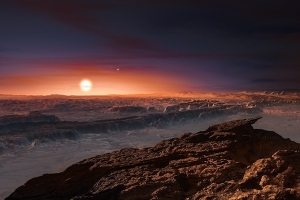 News
News
The new world, around Proxima Centauri, has a temperature suitable for liquid water to exist on its surface
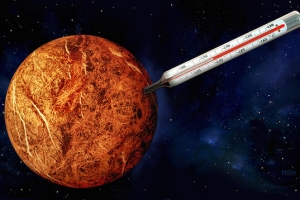 News
News
The search for habitable, alien worlds needs to make room for a second “Goldilocks,” according to a Yale University researcher
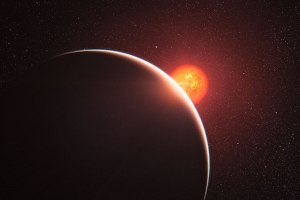 News
News
The SETI Institute is on the look out for deliberately-produced radio signals around the dimmest stars in the universe
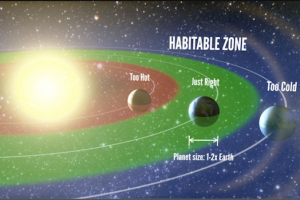 News
News
Will the fruits of the teamwork between space and ground telescope bring us closer to finding Earth 2.0?
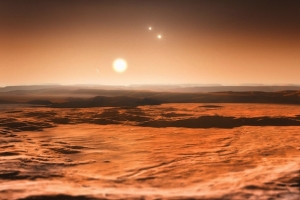 News
News
The discovery of three super-Earths all stuffed into the habitable zone of a red dwarf star in a triple star system may turn out to be quite common, experts suggest.
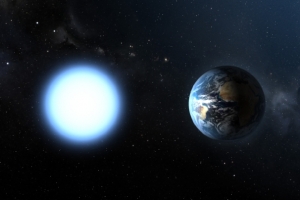 News
News
Could worlds brimming with life orbit the dead stars known as white dwarfs? A duo of theoretical scientists think it’s possible.
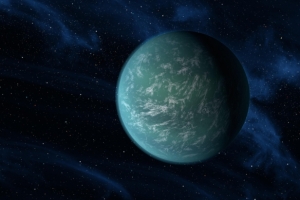 Astronomy
Astronomy
In the hunt for habitable planets outside of our Solar System, the discovery of a planet known as Kepler-22b and its seemingly Earth-like conditions was somewhat of a surprise.